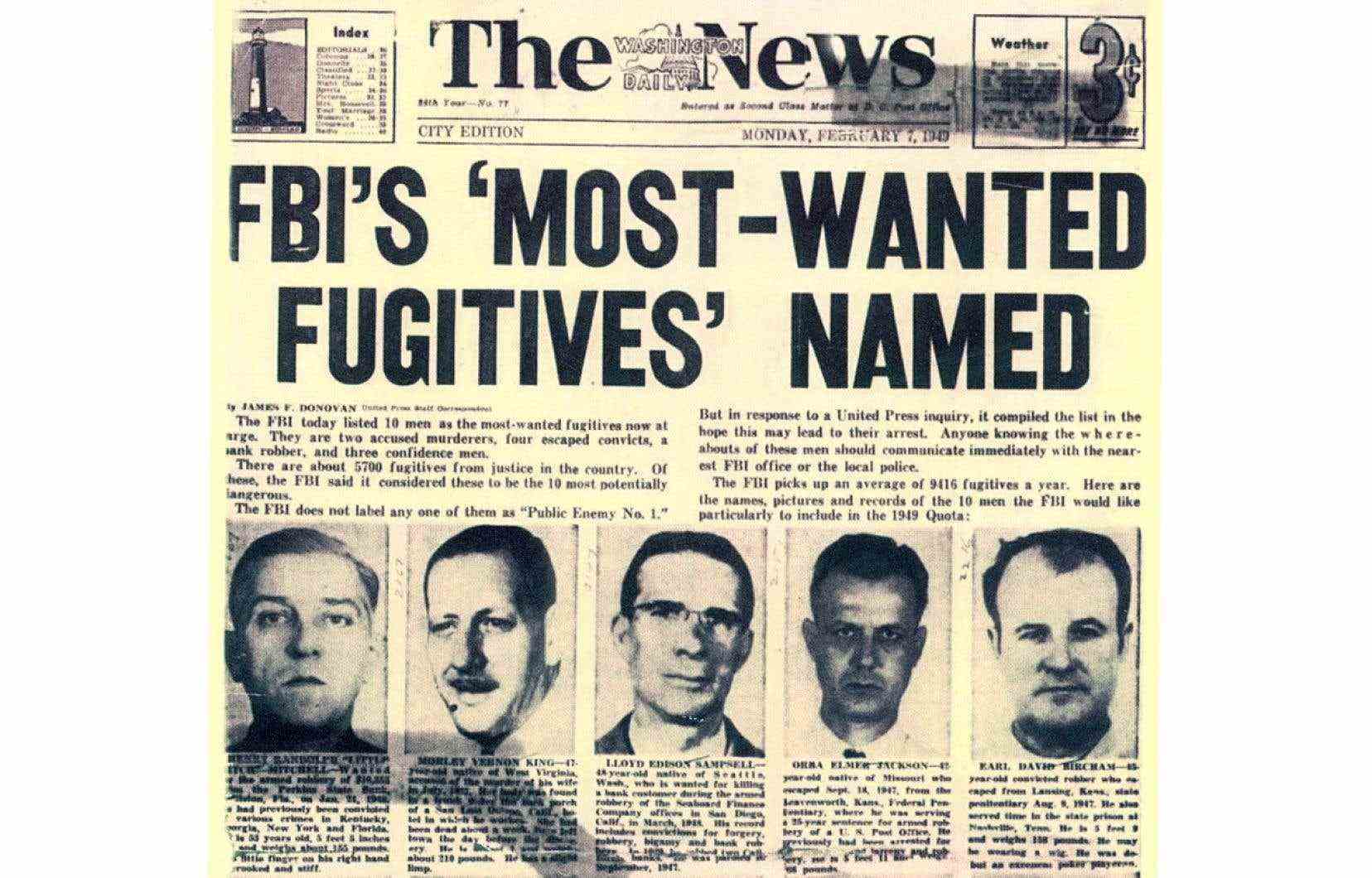“Wanted: dead or alive. These posters displaying the face of a criminal and offering a real cash reward evoke in our imagination the Wild West and its sheriffs galloping in lands “without faith nor law”. While some of the elements of these public notices have disappeared — such as the morbid suggestion to bring a dead body to the authorities — police forces still use them in the 21st century.e century, and still find them effective.
In January 2022, giant lemon yellow signs, prominently displaying the face of Blake Charbonneau, were installed along highways in Quebec. The 35-year-old Laval resident was then wanted by the police for pimping – and still is.
It was the first time that BOLO (Be On the Look Out), an organization whose mission was to “amplify” wanted notices from police forces, used this tactic in Quebec to get hold of a suspect. He offered up to $50,000 for any information leading to his whereabouts.
The rewards have obviously increased over time: in 1881, the head of Billy the Kid, a well-known outlaw, was put on a bounty for only $500.
The famous Dalton brothers, who do not exist only in the head of Lucky Luke, were treated to a poster offering a reward of $ 15,000 to who would bring back, “dead or alive”, the trio formed by Robert, Emmett and Gratton .
Long after the governors and marshals of the Wild West, the FBI also chose to use such posters in the early 1900s.
As for the famous list of “10 most wanted criminals”, it began with a media request, recalls FBI historian John Fox.
It was a journalist who in 1949 asked the federal police force to provide him with details of 10 of the most wanted fugitives in the country. The result, put in one of the Washington Daily Newswas a great success, explained in an interview with The duty the Dr Fox, who also teaches at the Catholic University of America.
“Very satisfied with the results”, the FBI then took over the concept by creating its own top 10. “The aim was to solicit the public eye to catch people wanted by the police. »
“The police force understood that it needed the help of citizens, says Mr. Fox, but deep down, there was also this objective of winning their support for the Bureau’s mission. »
However, there was no question of bounty hunters: “The FBI never wanted acts of vigilance. Just information. »
Bank and mail truck robber Thomas Holden was the first fugitive to make the list in 1950: more than 500 people have since been listed. And it works, according to Mr. Fox. According to the latest FBI data, 493 out of 529 fugitives have been apprehended.
Notable criminals who ended up there include Osama bin Laden, wanted at the time in connection with the 1998 bomb attacks on the US embassies in Tanzania and Kenya, James Earl Ray, since convicted of murdering Martin Luther King, as well as serial killer Ted Bundy.
The FBI never wanted acts of vigilantism. Just information.
John Fox’s favorite case, however, is that of Frank Grigware, who has a Canadian connection. The man was in prison for the theft of cargo from a mail train when he managed to escape from a Kansas penitentiary in 1910. He was wanted for more than 20 years by the FBI. However, he lived in Alberta under a false name, started a family and even became for a time the mayor of Spirit River, north of Edmonton. He was finally found after being arrested for poaching in 1933.
“There was a whole debate: should he be arrested and sent back to the United States? recalls the historian.
Many Canadians deemed him innocent, and they flooded Ottawa and Washington with petitions for a pardon. In 1934, the extradition request was dropped.
The wall art have changed over time. Originally they were posted in post offices, but the FBI took a technological turn in the 1990s, with digital billboards, TV shows like America’s Most Wanted and the FBI website, explains the professor.
This is also what the BOLO program does in Canada. Certainly, there are huge signs near the roads and on bus shelters, but his wanted notices are also available on social media.
When BOLO created its concept, it was suggested that it go through a multitude of platforms so that the wanted notices are seen by as many people as possible. Many digital tools had been identified, explained the director of the program, Maxime Langlois, but without ruling out traditional advertising: given all the falsehoods that are broadcast online, BOLO wanted to show that the opinions were real and legitimate, says -he.
“Now that BOLO is better known, we have reduced what we do in traditional advertising, but we still keep some because the multiplicity of platforms used generates more reports. »
Do these reviews work?
Mr. Langlois recalls that BOLO — whose first campaign dates back to 2019 — amplifies the wanted notices of the police forces, and that it is they who collect the information. Thus, BOLO rarely knows if it is a message on Facebook or a poster on Highway 40 that has caught the eye of a citizen.
Except that he notes this: before a BOLO campaign, reports for a wanted person “can be counted on the fingers of one hand”. During, “there are dozens of them”.
The BOLO program reports having covered 47 fugitive cases since its launch — 15 of them have been apprehended or located — but Mr. Langlois says he is convinced that many other police investigations have progressed thanks to his efforts.
Thus, the Wild West wanted poster still seems destined for a long life.
